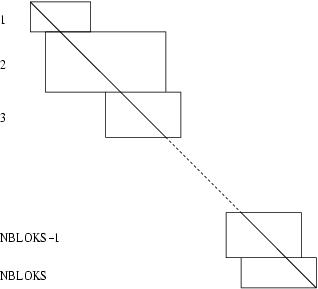On entry, , and .
Constraint: .
On entry, , and .
Constraint: .
On entry, and .
Constraint: .
On entry, and .
Constraint: .
On entry, and .
Constraint: .
On entry, and .
Constraint: .
On entry,
lena is too small.
. Minimum possible dimension:
.
On entry, .
Constraint: .
On entry, and .
Constraint: .
On entry, .
Constraint: .
On entry, the following equality does not hold: .
On entry, the following equality does not hold: .
On entry, the following inequality was not satisfied for: . .

